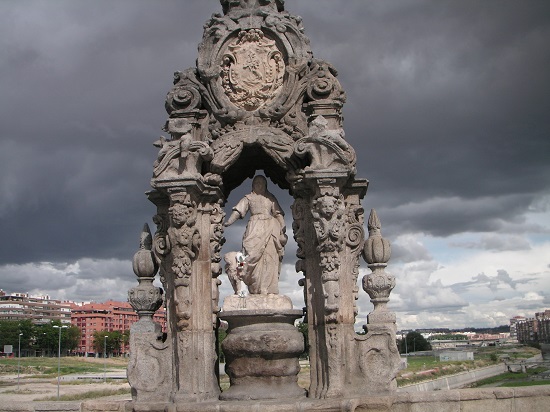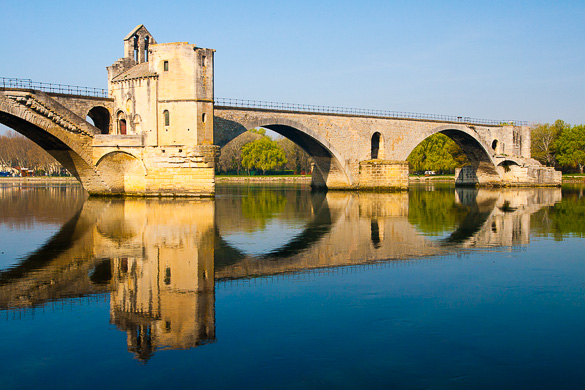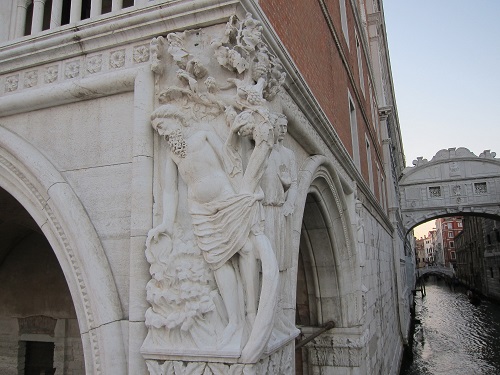The Veiled Christ statue in the Sansevero chapel in Naples, carved from a single block of marble by the Neopolitan Giuseppe Sanmartino (1720-1793), is considered the great masterpiece of 18th-century European sculpture. However, did you know that there is a theory that this sculpture was created through a process which had its basis in alchemy?
It is said that Raimondo di Sangro (1710-1771), an avowed alchemist who had commissioned the sculpture, knew how to turn materials into stone and he was thought to have taught the sculptor how to calcify or petrify cloth onto marble crystals. This supposed secret seduced the artists of the day, including Antonio Canova, who tried to get to the bottom of it, saying he was ready to give 10 years of his life in exchange for the mysterious procedure so he could create this strikingly unusual masterpiece.
The legend of the petrifcation of cloth is above all linked to the deeper signficance, not of the shroud, but of sudation (perspiration), which arises from the proximity to the heat of the Mystic Fire coiling up within the human organism (the Hindu kundalini). The link between sudation and petrifaction is understood as follows: the internal heat is so intense that the body perspires and its crystals calcify or petrify. The ancient alchemists explained this phenomenon by the biblical study of Lot’s wife fleeing Sodom, who was turned into a pillar of salt when she looked back. The word ‘sudation’, the consequence of which is that materials or bodies turn to stone, is derived from Sodom or Sod.
The steam bath is one of the basic techniques for increasing the mystical heat, with the result that sweating is occasionally given an ultimately “Creationist” value. In many religious and mythological traditions, the first man was created by God following a intensive sudation. This idea of divine creation was eventually popularized by the use of steam baths, which held the same significance for the peoples of northern Asia and Europe.
The realm of fire, of insensitivity to heat and therefore to mystic heat, which makes extreme cold or glowing embers bearable, constitutes a magico-mystical virtue, which along with other no less miraculous qualities (ascension, levitation, etc), translates in terms of the senses the fact that the mystic is already part of the spiritual world and its immaterial inhabitants. This is perhaps why the steam bath and sudation had a sacrificial meaning for the classical civilisations of antiquity – the believer who offered his sweat to the Supreme Sun God, a gesture of purifying and merciful value that allowed him to enter that invisible world bodily and with no qualms and to evolve there, leaving behind the “dormition” of the physical senses by a definitive spiritual awakening, like a Christ or an Enlightened One throwing off the shackles of the flesh and the rule of death.
So, whether you believe in the alchemy behind the sculpture or whether you find the story a bit too unbelievable, there is no doubt that the Veiled Christ of Sansevero is something to behold – it is mesmerizing, stunning and beautiful. It has to be on your ‘bucket list’.












